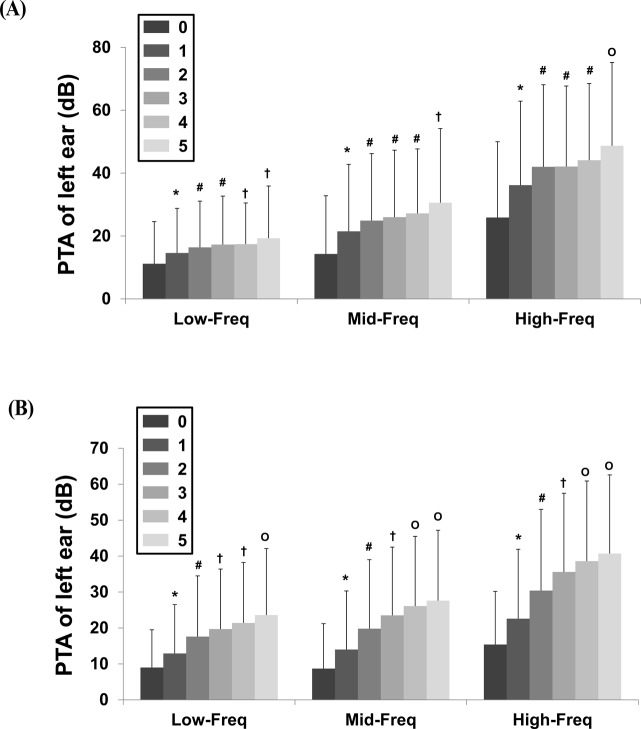Fig 1. Hearing thresholds according to number of metabolic syndrome components.
A. Men B. Women (P < 0.001 for trend in both sexes). Data in men are: Low-Freq, 11.2 ± 13.4 dB with 0, 14.6 ± 14.2 dB with 1, 16.4 ± 14.7 dB with 2, 17.3 ± 15.4 dB with 3, 17.4 ± 13.1 dB with 4, and 19.3 ± 16.6 dB with 5; Mid-Freq, 14.3 ± 18.5 dB with 0, 21.5 ± 21.3 dB with 1, 24.9 ± 21.3 dB with 2, 26 ± 21.3 dB with 3, 27.2 ± 20.5 dB with 4, and 30.6 ± 23.6 dB with 5; High-Freq, 25.9 ± 24.1 dB with 0, 36.2 ± 26.7 dB with 1, 42 ± 26.1 dB with 2, 42.1 ± 25.6 dB with 3, 44.1 ± 24.4 dB with 4, and 48.7 ± 26.5 dB with 5. Data in women: Low-Freq, 9.0 ± 10.5 dB with 0, 12.9 ± 13.6 dB with 1, 17.6 ± 16.9 dB with 2, 19.7 ± 16.7 dB with 3, 21.4 ± 16.8 dB with 4, and 23.6 ± 18.5 dB with 5; Mid-Freq, 8.7 ± 12.5 dB with 0, 14 ± 16.3 dB with 1, 19.8 ± 19.2 dB with 2, 23.5 ± 19 dB with 3, 26.1 ± 19.4 dB with 4, and 27.6 ± 19.6 dB with 5; High-Freq, 15.4 ± 14.8 dB with 0, 22.6 ± 19.3 dB with 1, 30.4 ± 22.6 dB with 2, 35.6 ± 21.9 dB with 3, 38.6 ± 22.3 dB with 4, and 40.7 ± 21.9 dB with 5. *P < 0.05 compared to participants with 0. #P < 0.05 compared to participants with 0 or 1. †P < 0.05 compared to participants with 0, 1, or 2. OP < 0.05 compared to participants 0, 1, 2, or 3. Abbreviations: PTA, pure tone audiometry; Low-Freq, low-frequency; Mid-Freq, mid-frequency; High-Freq, high-frequency; dB, decibel.

